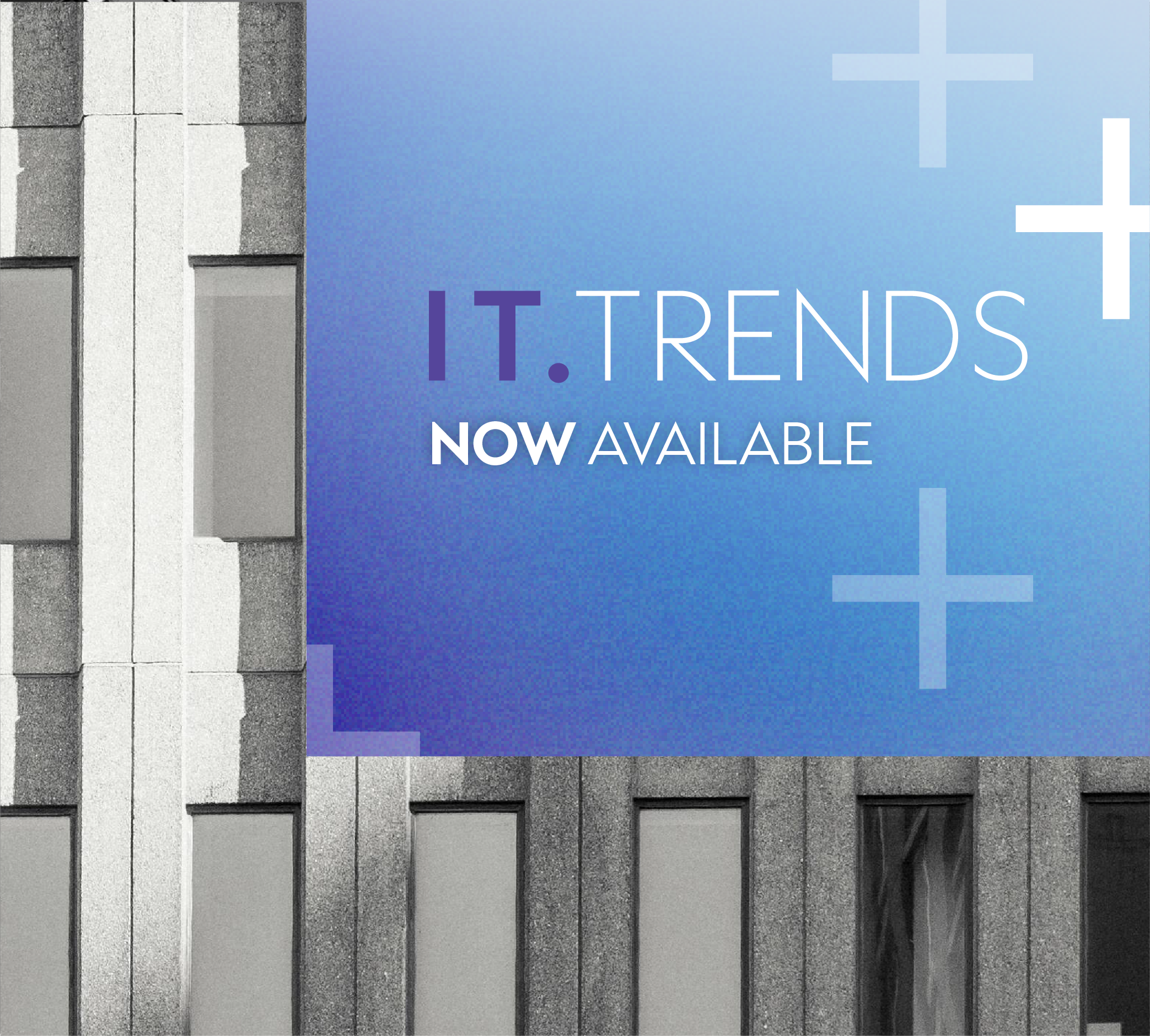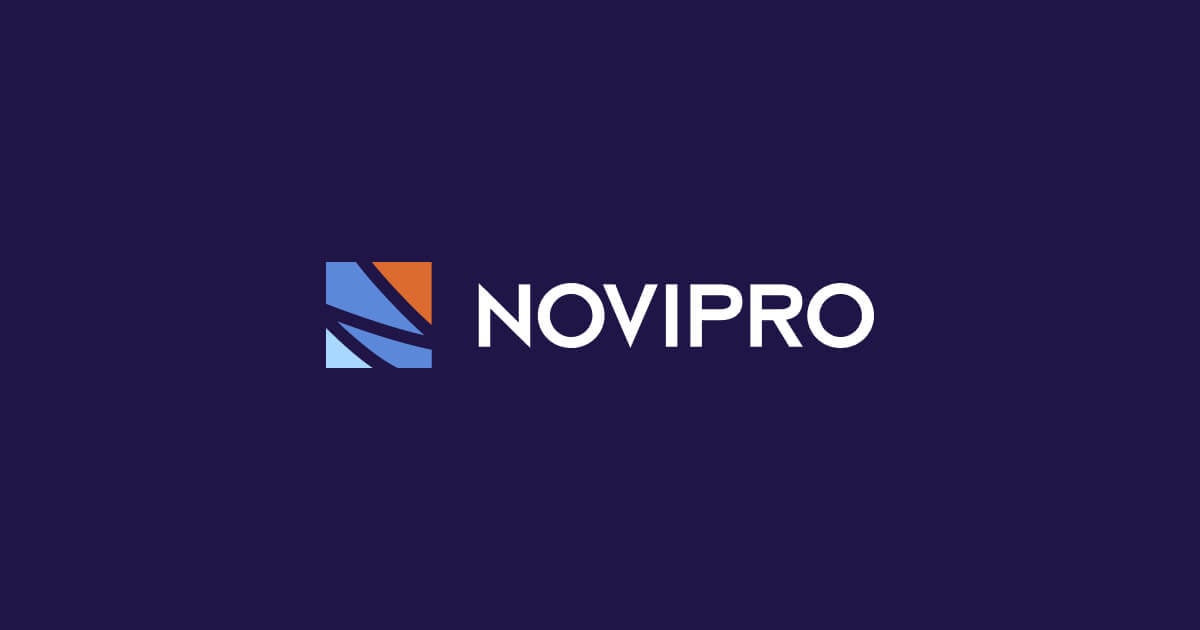Three out of four Canadian companies plan to use archived data for predictive analysis. The promise of prediction is already influencing the tools businesses use to track their performance indicators.
Canadian businesses are no longer content to rely solely on real-time data. Five out of six companies (84%) also consult their stored or archived data, with 40% of the total consulting this data on a regular basis.
These are figures from the latest edition of IT Trend Perceptions in Canadian Large and Medium-Sized Businesses, an annual study conducted by Léger and NOVIPRO. The study’s findings reveal that business and technology leaders increasingly view data as an important and strategic asset.
François Vienneau Binette, Big Data Solution Engineer at NOVIPRO, has witnessed this shift in awareness. “Until a few years ago, many businesses only used basic data for their day-to-day operational and accounting needs,” recounts François. “Some archived their data, often to comply with regulations, but never utilized it. Today, most companies are looking to exploit their data to improve their business.
Greater volumes of internal and external data
With many operations now digitalized, the volume of available data has risen exponentially. After computers, the Internet and mobile devices, connected objects now contribute the most to this growth. Half of all businesses now say they’ve consulted data from devices connected the previous year, compared to 41% a year before. In addition to handheld devices and equipment carried by employees, a growing number of sensors have been installed in vehicles and machines, plants, warehouses, shops and offices, and they are connected to the Internet or to internal networks.
But businesses aren’t only interested in the data these devices generate during production processes or interactions with clients. Thanks to the Internet, they also have access to external data—from websites and social media, for example—that gives them additional information about their existing and prospective clients, their competition and the market in general. No less than 81% of surveyed businesses said they used external data, whether to identify market needs (39%), better understand the behaviour of their clients (38%), measure client satisfaction (35%) or discover business opportunities (33%).
Significant interest in predictive analysis
In addition to using a wider range of data, companies are refining their analysis methods. Three out of four businesses now say they intend to use their stored data for predictive analysis in order to anticipate future trends. The first level of data analysis is descriptive and helps to better understand a company’s current reality. By contrast, predictive analysis offers a vision of the future.
Predictive analysis encompasses a very wide range of methods. “It can be as simple as doing a linear regression analysis in Excel,” explains François Vienneau Binette. “By observing the relationship between two numeric variables, you can draw a line to predict the behaviour of one variable in relation to the other.” For example, by analyzing website data on browsing and purchasing behaviour, you can predict when a user will make their first purchase based on the number of times they visited the site in the preceding weeks.
For more advanced predictive analysis, however, you often need to integrate data from different sources. This need for integration can present a challenge for organizations used to working in silos.
Choosing the right predictive tools
Interest in predictive analysis has grown so strong that it now influences the types of tools organizations choose for monitoring their performance. Four out of five decision-makers in finance and IT departments now believe that tools used for monitoring performance indicators must also allow for predictive analysis.
Furthermore, one quarter of these respondents say their company has already deployed predictive analysis tools, while half state that their business is in the process of implementing predictive tools and one quarter say they are in the planning stage.
“Smaller businesses and companies in more traditional sectors are following the example of banking, insurance and telecommunications corporations, who have been exploiting the full potential of their data for a longer time,” says François Vienneau Binette. With the rise of startups, media coverage of big data and AI and the development of training programs on how to handle data, we can expect the use of predictive analysis to become more and more widespread over the coming years.”








